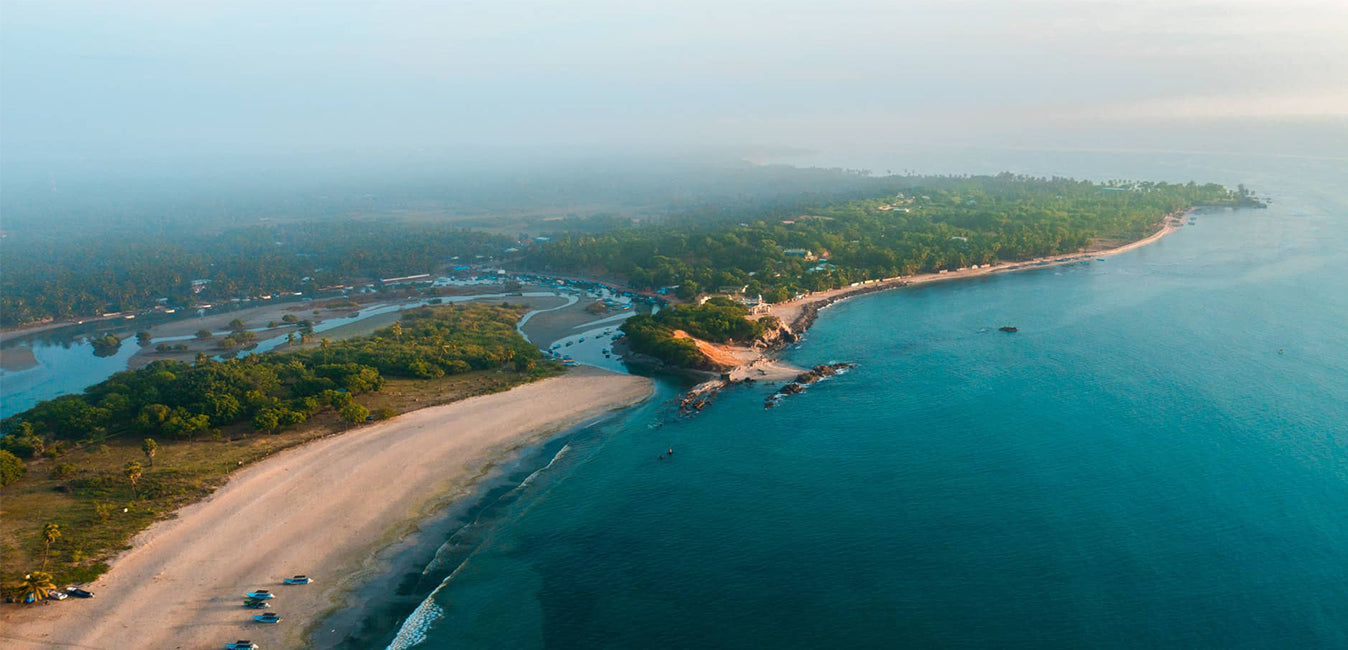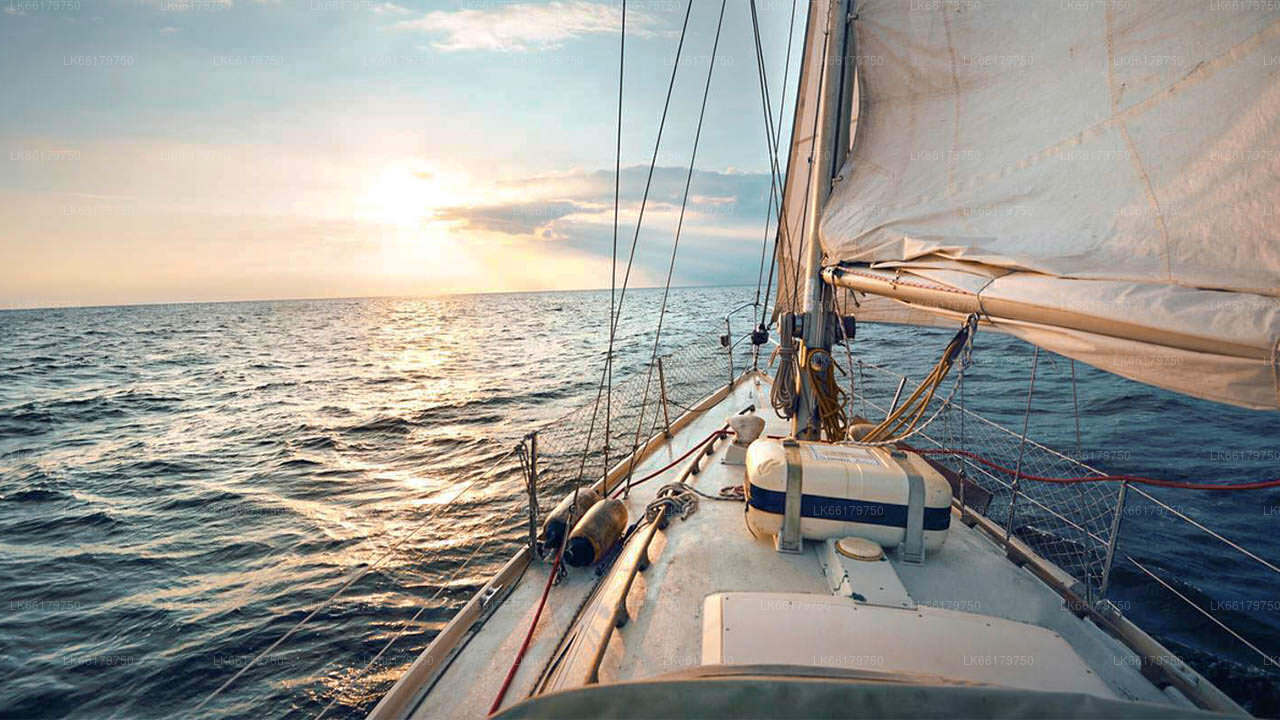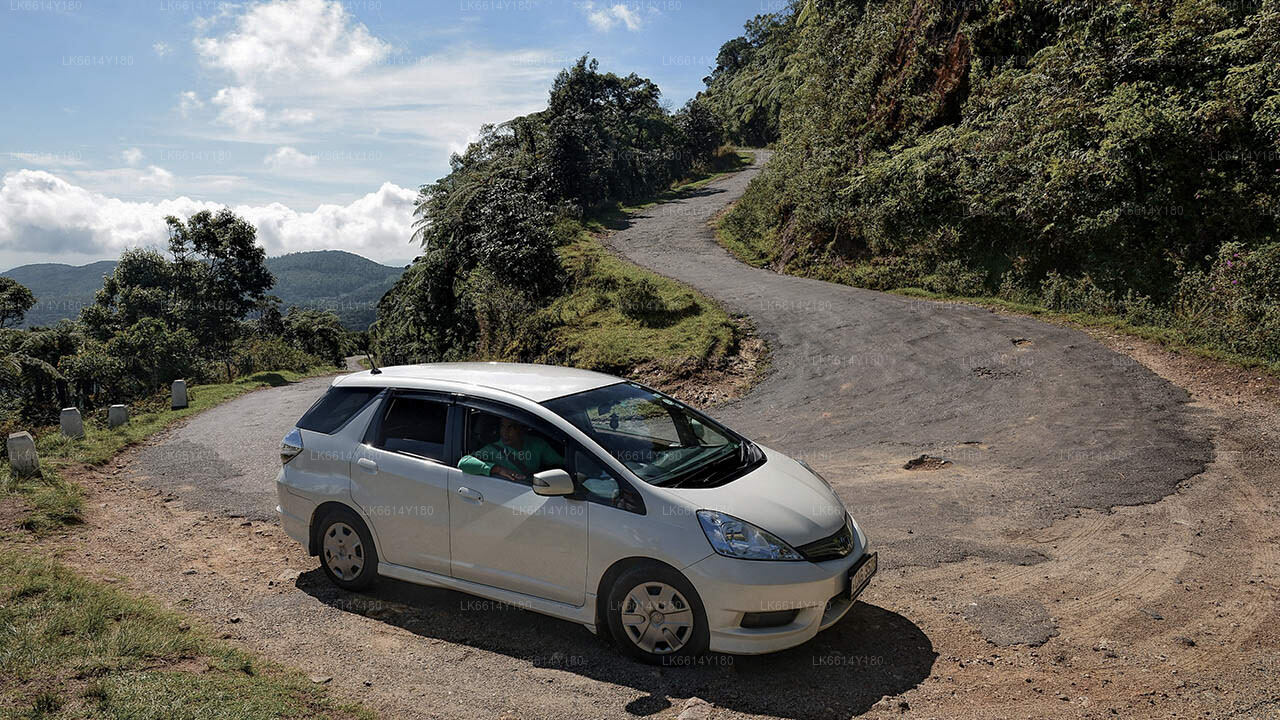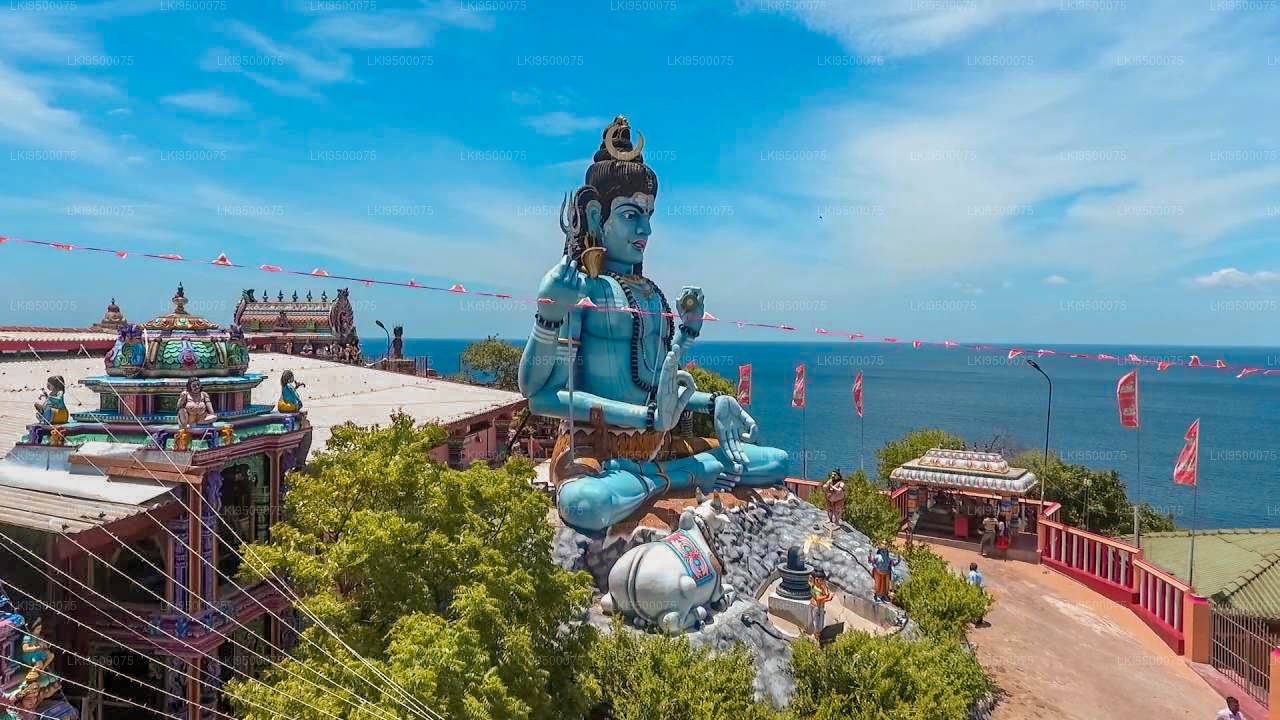
Miasto Trincomalee
Trincomalee, położone na północno-wschodnim wybrzeżu Sri Lanki, szczyci się naturalnym, głębokowodnym portem i dziewiczymi plażami. Bogate w historię miasto słynie z takich zabytków jak starożytna świątynia Koneswaram. Zróżnicowane życie morskie i tętniąca życiem kultura sprawiają, że miasto jest fascynującym celem podróży zarówno dla turystów, jak i historyków.
Trincomalee
Trincomalee, ancient Gokanna, town and port, Sri Lanka, on the island’s northeastern coast. It is situated on a peninsula in Trincomalee Bay—formerly called Koddiyar (meaning “Fort by the River”) Bay—one of the world’s finest natural harbours.
Trincomalee was in early times a major settlement of Indo-Aryan immigrants. The Temple of a Thousand Columns (also called Koneswaram Temple), located at the extremity of the peninsula, came into use as a Hindu temple sometime in the 7th century or earlier. The first Europeans to occupy the town were the Portuguese in the 17th century; they razed the temple, using its stone to construct a fort. The port’s harbour changed hands repeatedly among the Dutch, French, and British until the British gained lasting possession of it in 1795. Trincomalee’s importance as a major British base was heightened after the Japanese ousted the British from Singapore in World War II; the Japanese bombed the town in 1942. The British continued to hold the harbour after Sri Lanka’s independence but relinquished it in 1957.
The port of Trincomalee is no longer important commercially, though in the 1960s congestion and labour problems at Colombo, Sri Lanka’s commercial capital and chief port, caused some trade to be routed through it. Tourism has become an important component of the local economy. The town is a rail terminus and has good road connections with the rest of Sri Lanka. In December 2004 a large tsunami triggered by an undersea earthquake near Indonesia killed hundreds of people in Trincomalee and caused widespread destruction there. Pop. (2007 prelim.) 51,624.
Trincomalee is also featured on TripAdvisor, Viator and GetYourGuide
O dystrykcie Trincomalee
Trincomalee to miasto portowe na wschodnim wybrzeżu Sri Lanki. Port w Zatoce Trincomalee słynie z rozległości i bezpieczeństwa; w przeciwieństwie do innych portów na Morzu Indyjskim, jest dostępny dla wszystkich rodzajów jednostek pływających bez względu na pogodę. Plaże służą do surfowania, nurkowania, wędkowania i obserwacji wielorybów. W mieście znajduje się również największy holenderski fort na Sri Lance. Znajdują się tu główne bazy marynarki wojennej Sri Lanki oraz baza Sił Powietrznych Sri Lanki.
Większość Tamilów i Syngalezów uważa to miejsce za święte i jest rdzenną ludnością tego regionu. W Trincomalee i jego okolicach znajdują się zarówno hinduistyczne, jak i buddyjskie miejsca o znaczeniu historycznym. Miejsca te są święte zarówno dla hinduistów, jak i buddystów.
O Prowincji Wschodniej
Prowincja Wschodnia jest jedną z 9 prowincji Sri Lanki. Prowincje istnieją od XIX wieku, ale nie posiadały statusu prawnego aż do 1987 roku, kiedy to XIII poprawka do Konstytucji Sri Lanki z 1978 roku ustanowiła rady prowincjonalne. W latach 1988–2006 prowincja została tymczasowo połączona z Prowincją Północną, tworząc Prowincję Północno-Wschodnią. Stolicą prowincji jest Trincomalee. W 2007 roku populacja prowincji Wschodniej wynosiła 1 460 939 osób. Prowincja ta jest najbardziej zróżnicowana etnicznie i religijnie na Sri Lance.
Prowincja Wschodnia ma powierzchnię 9996 kilometrów kwadratowych (3859,5 mil kwadratowych). Prowincja jest otoczona przez Prowincję Północną od północy, Zatokę Bengalską od wschodu, Prowincję Południową od południa oraz prowincje Uva, Centralną i Północno-Centralną od zachodu. Wybrzeże prowincji zajmują głównie laguny, a największe z nich to Batticaloa, Kokkilai, Upaar i Ullackalie.














